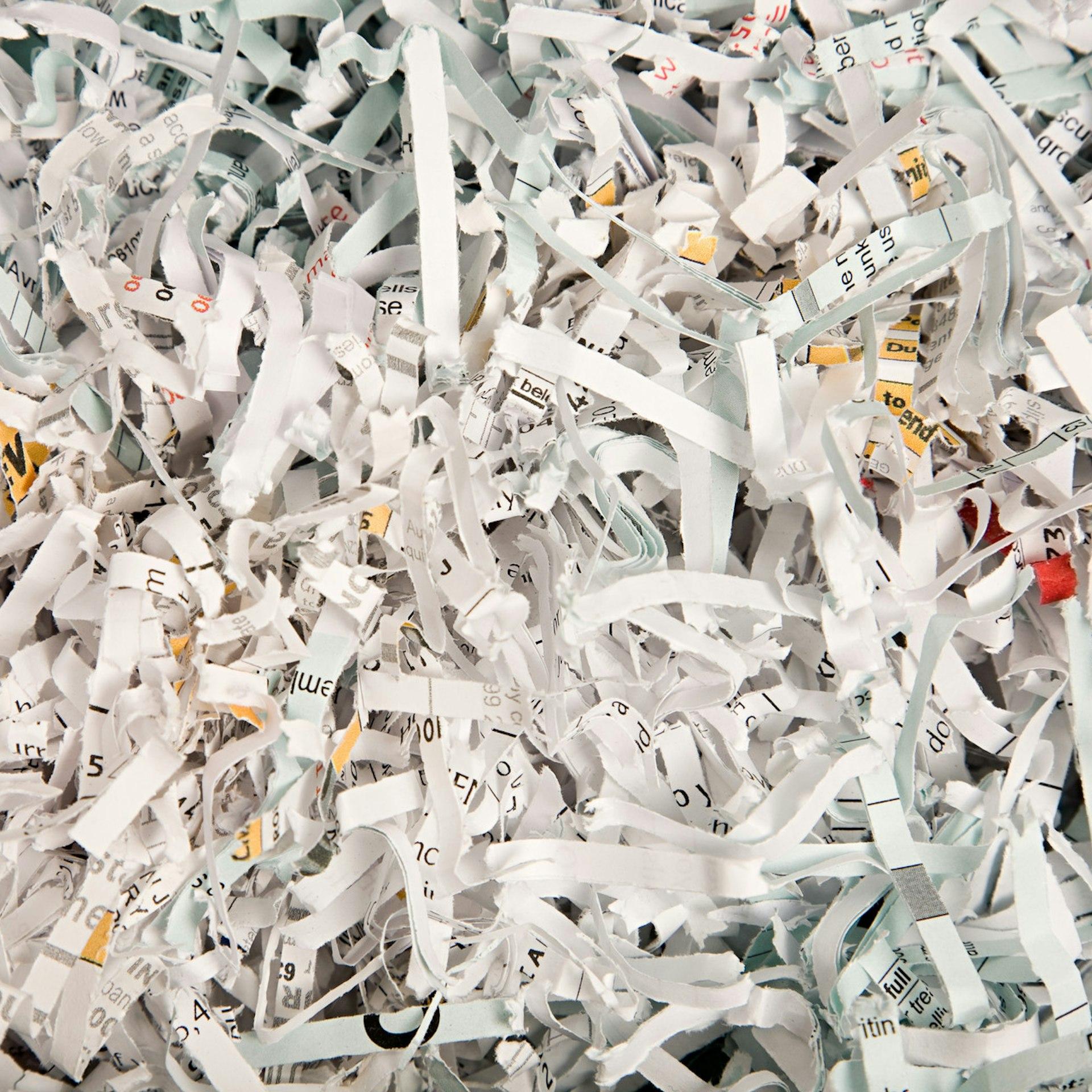Did you know that creating paper invoices uses as much energy per year as the consumption of 20 million households? That’s a lot, and most people don’t realise how big of a difference seemingly small changes can make in the big picture. Here’s why making the switch to e-invoicing is a sustainable business practice that benefits both the environment and your business.
Technology provides better solutions for the environment
Think about it: how many papers does your department have lying around the office? Invoices moving from desk to desk, only to be scanned back into the system and in the end, thrown away?
Besides involving chopping down trees, paper invoices have a short life cycle, making them not so good for the environment. Paper invoices are responsible for a whopping ten percent of all trees cut down worldwide. Today, the technology exists to replace paper entirely – technology that will actually bring enormous benefits to your financial control and handling – so this ten percent could have easily been avoided.
What are the advantages of e-invoicing?
The billentis report The e-invoicing journey 2019-2025 reveals that “Compared to conventional paper invoice processing, the automated e-invoicing will result in cost savings of 60-80% in most cases,” (Bruno Koch, “The E-invoicing Journey 2019-2025,” 4.1.5).
Where does all that savings come from? When done right, e-invoicing gives you overview and insight for cutting costs and increasing profit margins that aren’t possible with PDF and paper-heavy invoicing. Here are some of the advantages of e-invoicing that add up to high ROI, long-term savings and better business in general.
(Not-so-fun) facts about paper invoicing
The latest Billentis report estimates that there are nearly 550 billion invoices globally, with this number set to quadruple by 2035. An interesting number to consider within the report is that of 55 billion. That’s the estimated number of electronic invoices exchanged, which is expected to increase by 10-20% annually.
Even though the number of businesses that digitalise their invoice processes is higher than ever, we are still printing massive amounts of paper. On top of that, sending invoices all over the globe means the negative impact hits both trees and CO2 emissions.
Paper invoices produce three times more CO2 than e-invoices, making e-invoicing one of the easiest ways for companies to improve sustainable business efforts. While technology can also produce some carbon emissions, switching to e-invoicing reduces the overall environmental impact of processing invoices. Along with reducing paper use, companies that send and receive electronic documents also help cut down on fossil fuel pollution from mailing and shipping.
“Paper invoices produce three times more CO2 than e-invoices, making e-invoicing one of the easiest ways to improve sustainable business efforts.”
Why should we care about the amount of paper being used for invoices?
Let’s look at the numbers. One invoice is estimated to be an average of 2,5 pages. For each invoice, add the paper envelope, stamps, shipping, and energy required to make trees into paper invoices. And we already know that trees are a good thing. For one, trees absorb greenhouse gases that contribute to climate change and global warming.
Global deforestation is a massive problem and seeing that e-invoicing even improves cash flow and is an overall much better alternative, eliminating paper invoices should be on every business’ top agenda. Let’s look at the environmental impact of all this paper:
- 1 tree = 8,500 pieces of paper
- 1 million invoices = 118 trees
- 1 million invoices = 36 tons of carbon dioxide (CO2) footprint
- 1 billion invoices = 118,000 trees
Any way we look at it, the negative impact of paper invoices is significant and the environmental benefits of e-invoicing offer a much better alternative.
What other benefits come with e-invoicing?
E-invoicing improves your entire AP process, where human resources can be spent on more value-adding tasks instead of tedious, manual scanning and processing of invoices. Things that are both time-consuming and costly.
A study analysis by Sterling Commerce calculated possible savings for companies who move from receiving paper invoices to fully automated e-invoicing. Companies can save up to 90% in their accounts payable department by switching to e-invoicing. Their study showed that manually-processed invoices cost, on average, $30 per invoice to process, while fully-automated invoices average only $3.50 per invoice to process. On average, each paper invoice error costscompanies $53.50 to rectify.
Having your whole e-invoicing process automated and digitalised means better visibility and control over company spend. It also becomes easier to ensure global compliance with every country’s legislations and tax laws. Then there’s the added bonus of digital archiving, which amounts to savings of 67%for supplier invoices compared to other archiving types, over a ten-year period.
Trees happily get to prolong their life expectancy, and you get to sleep better at night knowing that you are one step closer to that sustainability milestone. At the same time, you’re cutting costs and utilising your resources on more value-adding tasks.
Making the responsible decision for our planet
By implementing the technology that makes e-invoicing possible, you help your company move towards more efficient business practices and protection of the environment. E-invoicing does not alter the way your company does business, but it does offer a change for the better. It’s a modern and safe way to improve efficiency, cost savings and satisfaction for your employees and business partners alike. While at the same time making a positive impact on your company’s carbon footprint as an easy way to add to your sustainable business efforts.
This text was originally published 21 June 2021 and last updated 1 June 2022.
Ready for the next step?
Topics:
Related Articles
Have questions?

Get in touch
Interested in getting started or learning more? Leave your contact details here and we will reach out to you!
